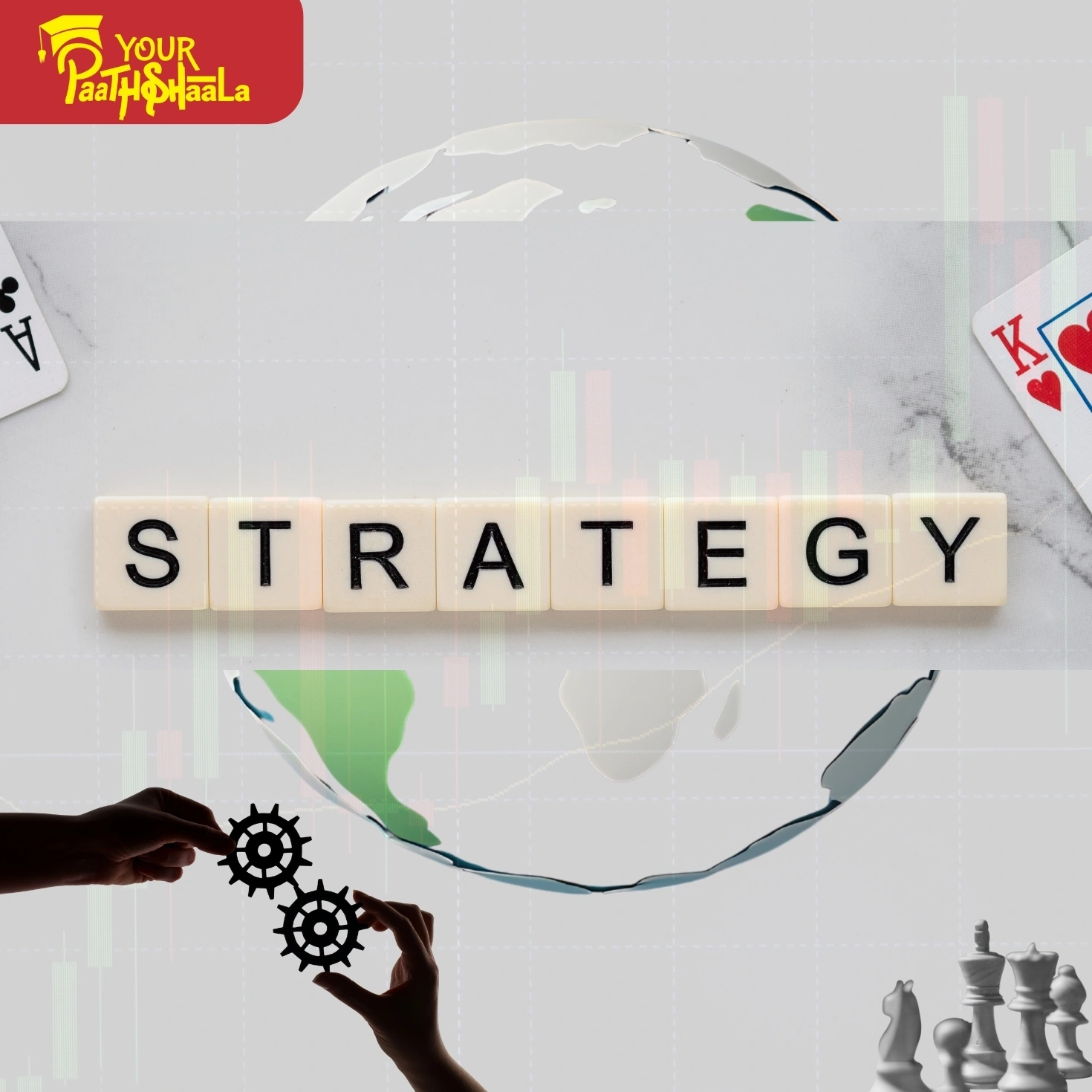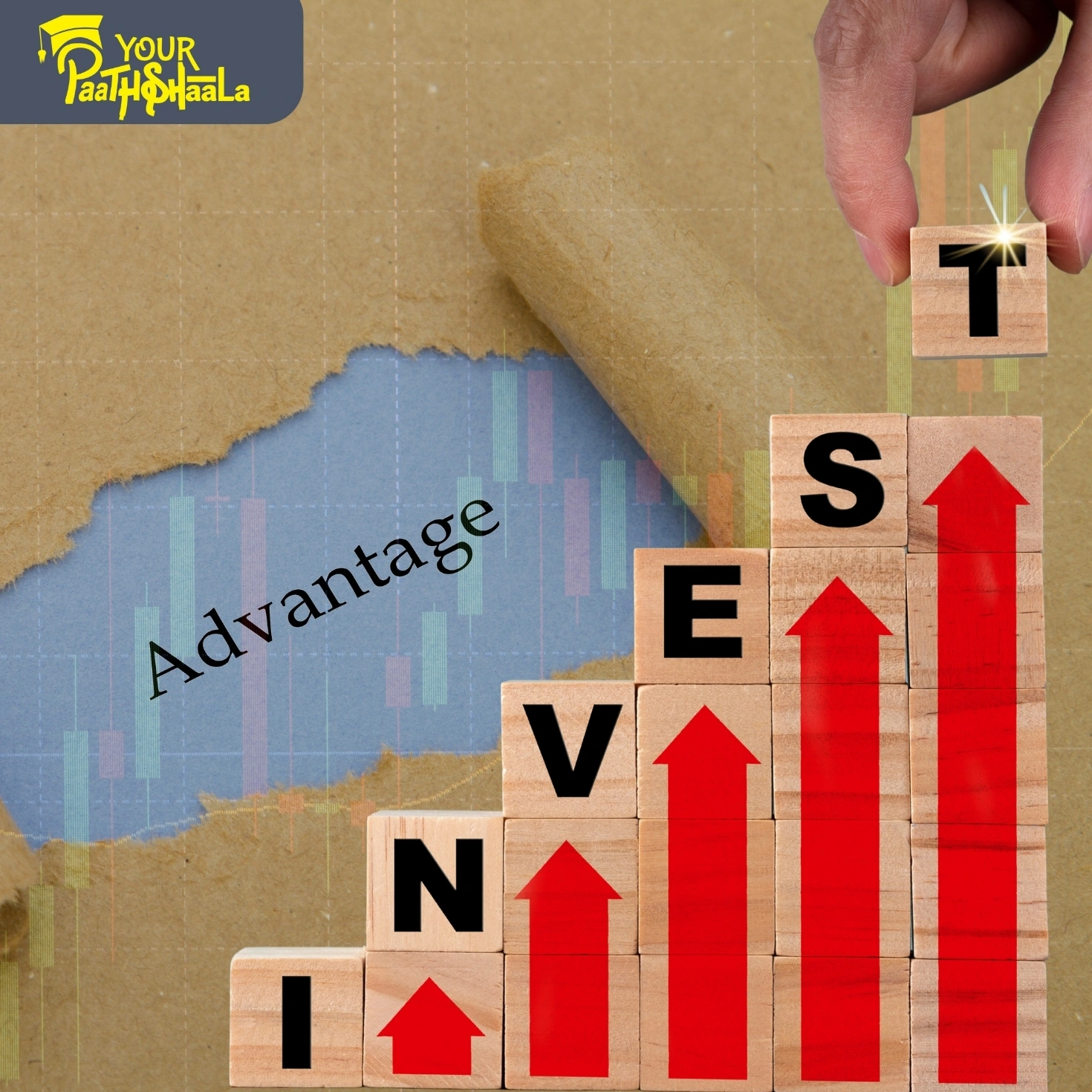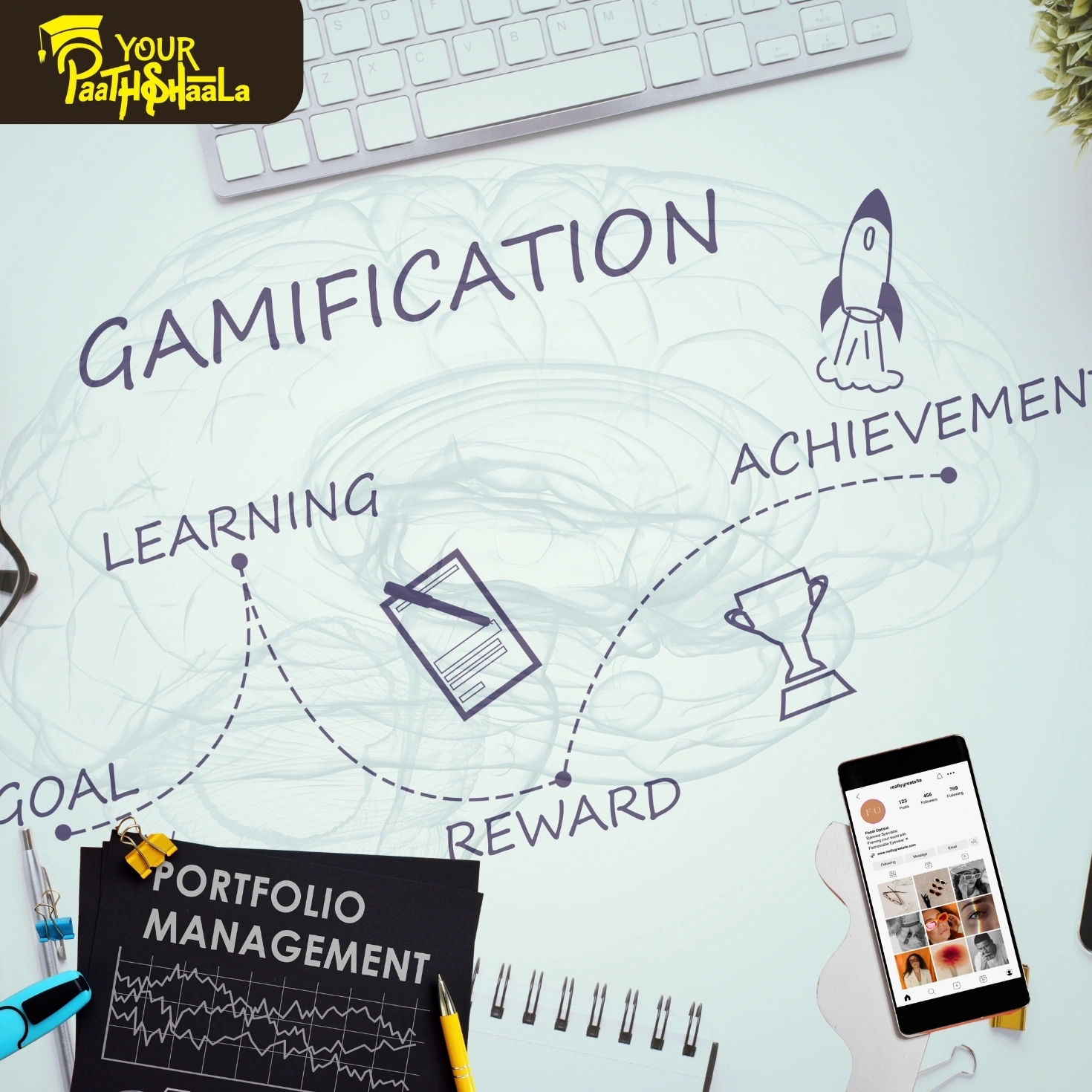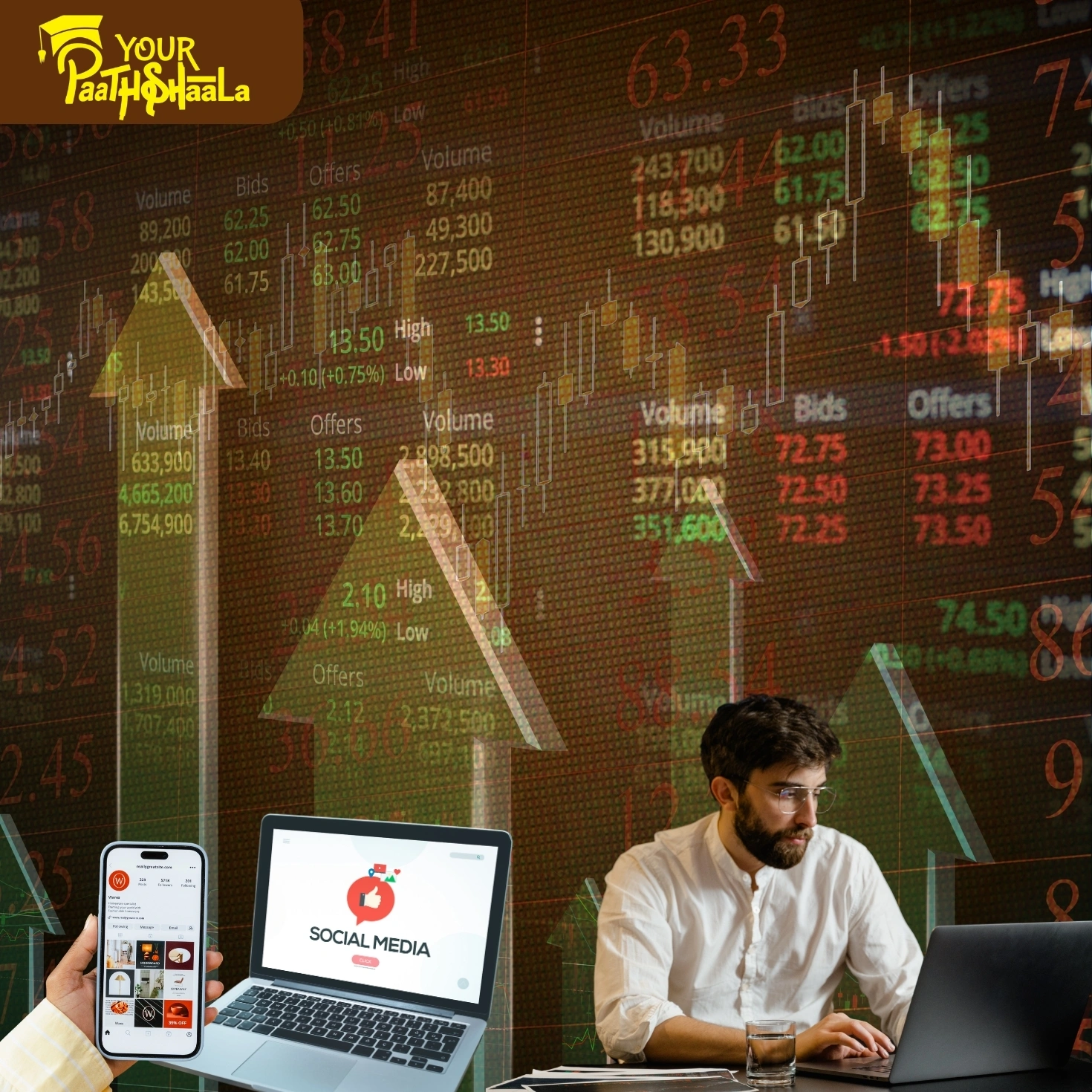Longevity Economy Strategies: Investing in the Future of Longer Lives in 2025
As global lifespans increase, the longevity economy is reshaping investment landscapes. As of August 29, 2025, extended lifespans are transforming retirement planning, while biotech innovations and age-tech solutions drive growth in healthcare and services. Longevity research further fuels new investment opportunities. This 2000-word guide explores these powerful trends, offering actionable insights for beginners and seasoned investors. By aligning portfolios with the longevity economy, you can capture long-term growth in a world of longer lives. Ready to invest in the future? Let’s dive into longevity economy strategies.
What are Longevity Economy Strategies?
Longevity economy strategies focus on investing in sectors driven by rising lifespans, such as healthcare, retirement services, biotech, and age-tech. These strategies target the growing needs of aging populations and advancements in longevity research, balancing financial returns with societal impact. With 20% of the global population projected to be over 65 by 2030, per UN, and the longevity economy valued at $17 trillion in 2024, per AARP, this approach is critical for building resilient portfolios in 2025’s evolving markets.
Key Strategies in Longevity Economy Investing
To succeed in longevity economy investing, focus on three key strategies: retirement planning for extended lifespans, biotech innovations targeting aging, and age-tech solutions for senior needs. Below, we explore each in detail.
1. Retirement Planning: Adapting to Extended Lifespans
Extended lifespans are reshaping retirement planning, increasing demand for income-focused investments and long-term care services. Investors can capitalize on this by targeting retirement-focused financial products and senior living industries, which are seeing robust growth.
How to Invest in Retirement Planning
Allocate to ETFs like VYM (high dividend yield) or DIV (dividend-focused) for steady income.
Research senior living companies or REITs like WELL (Welltower) for exposure to retirement services.
Monitor demographic trends, such as aging populations in Japan or Europe, for investment signals.
Diversify across income-generating assets and senior care sectors to balance risks.
Retirement planning offers stable returns but faces risks from policy changes, so use reliable demographic data.
2. Biotech Innovations: Targeting the Aging Process
Biotech innovations, such as anti-aging therapies and regenerative medicine, are revolutionizing healthcare by improving quality of life for older adults. Companies like Calico or Unity Biotechnology are pioneering solutions to extend healthy lifespans, creating high-growth investment opportunities.
How to Invest in Biotech Innovations
Invest in biotech ETFs like XBI (SPDR Biotech ETF) or IBB (iShares Biotech ETF) for diversified exposure.
Research firms advancing longevity, such as those developing senolytics or gene therapies.
Track clinical trial progress via platforms like ClinicalTrials.gov for investment cues.
Diversify across biotech subsectors to mitigate risks from clinical failures.
Biotech offers high potential but is volatile, so pair with stable assets like bonds (BND).
3. Age-Tech Solutions: Supporting Senior Populations
Age-tech solutions, like wearable health monitors, telehealth platforms, and smart home technologies, are addressing the needs of growing senior populations. These innovations improve independence and care, driving demand in technology and service sectors.
How to Invest in Age-Tech Solutions
Allocate to ETFs like ARKK (ARK Innovation ETF) with exposure to health-tech and age-tech.
Research companies like Best Buy Health or Intuition Robotics for age-tech investments.
Monitor adoption rates of age-tech solutions in developed markets like the U.S. or Europe.
Diversify across tech and healthcare sectors to balance growth and stability.
Age-tech is promising but faces adoption risks, so focus on scalable, proven technologies.
Risks and Challenges in Longevity Economy Investing
Longevity economy investing offers opportunities but comes with challenges:
Regulatory Risks: Healthcare and biotech face strict regulations that can delay returns.
Market Volatility: Biotech and tech stocks are sensitive to market swings (VIX at 18, per CBOE).
Long Horizons: Longevity trends may take decades to fully materialize.
Economic Shifts: Changes in consumer spending or policy can impact sectors.
To mitigate risks, diversify across sectors, monitor regulations, and use verified data. Professional guidance can optimize execution.
Tools and Resources for Longevity Economy Investing
To excel in longevity economy investing, leverage these tools:
Demographic Data: Use UN Population Division or AARP for aging population insights.
Investment Platforms: Access ETFs via Vanguard or Fidelity for portfolio implementation.
Analytics Tools: Track trends with Bloomberg Terminal or Morningstar.
Educational Resources: YourPaathshaala offers practical lessons and free demo classes.
These tools, paired with disciplined research, can enhance your longevity investing strategy.
Why Longevity Economy Strategies Matter in 2025
As of August 29, 2025, the longevity economy is a major investment driver. The sector grew to $17 trillion in 2024, per AARP, driven by aging populations (20% over 65 by 2030, per UN) and biotech advancements. Healthcare and age-tech ETFs like XLV and ARKK outperformed broad markets by 10% in 2024, per Morningstar, despite volatility (VIX at 18, per CBOE). With policies like U.S. Medicare expansions boosting demand, longevity economy strategies are essential for capturing growth in 2025.
Getting Started with Longevity Economy Investing
Ready to invest in the future of longer lives? Follow these steps:
- Learn Longevity Trends: Study aging populations, biotech, and age-tech dynamics.
- Choose a Platform: Select a broker with healthcare and tech ETFs and analytics tools.
- Start Small: Test strategies with a small, diversified portfolio.
- Diversify: Spread investments across healthcare, biotech, and age-tech assets.
- Seek Education: Join YourPaathshaala’s free demo classes for practical lessons, located near Anjali Children Hospital, Tagore Nagar, Mathpurena, Raipur, Chhattisgarh, PIN code: 492001.
Conclusion
Longevity economy strategies—through retirement planning, biotech innovations, and age-tech solutions—offer powerful opportunities to invest in the future of longer lives in 2025. These approaches align portfolios with demographic and technological trends, driving growth and resilience. Despite challenges like regulatory risks or long horizons, diversified strategies and robust tools can lead to success. Explore these trends with YourPaathshaala’s clear, practical lessons and free demo classes to address your doubts.
Visit YourPaathshaala
Near 🏥 Anjali Children Hospital, Tagore Nagar, Mathpurena, Raipur.
📫 PIN code: 492001, Chhattisgarh
📞 Click the Call Now to contact us!
















